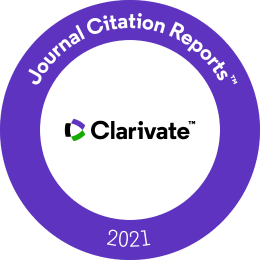Title
Fraudulent conduct in the management of apartment buildings - a case study
Abstract
Reflecting on the analysis of the criminal offence of law in terms of criminal law theory, the authors present this article, by which they advance on their previous conclusions and deepen their reflection on the issue of effective apartment buildings management and prevention of fraudulent behaviour. The authors concentrate on the analysis of owners´ obligations according to the Act on ownership of apartments and non-residential premises with special focus on the yearly settlement of overpayments and arrears. The previous theoretical approach is being applied on a case study - fraudulent behaviour in the process of division of common costs (expenditures) between the owners in the apartment building and subseqent settlement (in conditions of Slovak republic). The basis for the division of these costs is the proportionality of the use of the common parts and common facilities of the apartment building, which is expressed in the so called person months (metric unit for settlement). By not reporting the true number of personmonths to the administrator, an owner may gain material benefit (achieve higher overpayments and lower arrears) and this illegal financial benefit needs to be covered and compensated by other owners in the same apartment building. In terms of criminal law, the owner is committing fraud (a related offence to insolvency crimes). Subsequently the attention is paid to the efficiency of owners´ rights protection in relation to the insolvency of an owner and to the provision of recommendations de lege ferenda, which would bring a higher level of legal certainty, more effective way of apartment building management, settlement of arrears and overpayments, insolvency issues and sanctioning of perpetrators.
Keywords
apartment buildings management, fraud, criminal liability, insolvency, insolvency and related offences
JEL classifications
K14
URI
http://jssidoi.org/jesi/article/626
DOI
Pages
373-389
This is an open access issue and all published articles are licensed under a
Creative Commons Attribution 4.0 International License














 RSS 1.0
RSS 1.0
